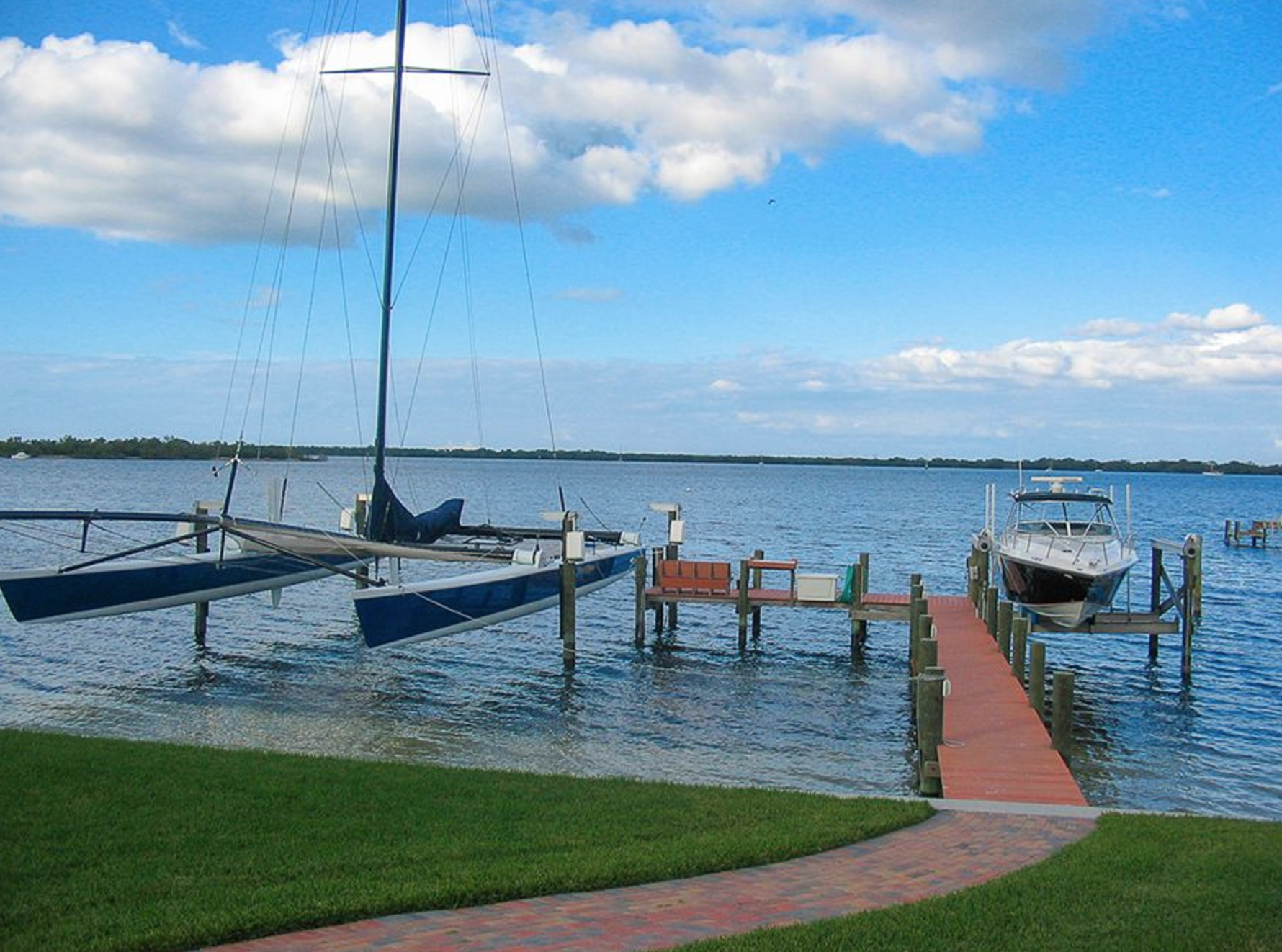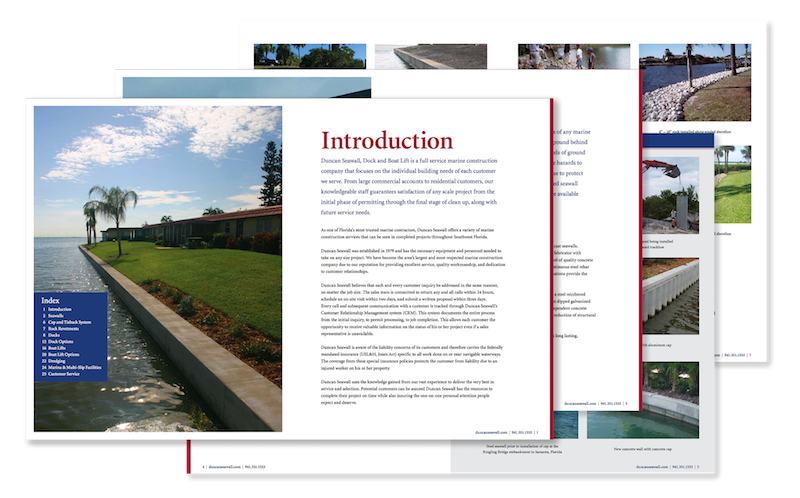A seawall is often literally the only thing lying between your property and open water, and failure of this protective structure can be devastating. Your home, swimming pool, plumbing and irrigation systems, driveway, sidewalks, gardens, and patios are all vulnerable to quick and total destruction should your seawall collapse. Many people think of hurricanes and constant wave action as the main enemies of seawalls, and while these powerful forces can certainly cause a lot of damage, it is important to remember that a less-obvious factor can be just as destructive: corrosion and rusting.
Related Blog: Vinyl Seawall Panels: When and Where To Use Them
The marine environment is hostile to ferrous metals, such as steel and iron, and without the proper safeguards in place, the high salt content in the water and air can quickly degrade these metals. That is why you should make every effort to ensure your seawall is protected from the dangers of corrosion and rusting. Below are three things you can do to help make your concrete seawall as resilient as possible, thus securing your property from harm.
Obtain a Quality Installation
The first step to preventing corrosion and rust takes place before your seawall even exists, and that is to obtain a quality installation. Seawall construction should not be undertaken by just anyone; instead, it is important to select a contractor experienced with seawall installation and the special demands placed upon these structures. Unfamiliarity with the marine environment can lead to inadequate construction and an increased susceptibility to corrosion and rusting.
For example, concrete seawall components, including panels and caps, should be constructed so that steel reinforcing rods (rebar) are encased within an adequate amount of concrete. This will lessen the likelihood of salt and moisture reaching the rebar and causing corrosion. In addition, concrete should be cured properly to strengthen it and reduce crack formation.
Preventing corrosion of steel or iron tiebacks, which are buried anchors that help hold seawalls fast against movement, is another important consideration. Tiebacks are buried within soil that may be frequently damp or even saturated, and their proximity to saltwater makes them vulnerable to rusting. That is why tiebacks should be of sufficient diameter to maintain their integrity and galvanized coatings applied to bare metal surfaces prior to burial.
Conduct Periodic Inspections
Another key to preventing corrosion and rusting is to conduct regular inspections of the seawall. The inspection process can help reveal any flaws that might lead to corrosion and give you time to intervene before too much damage occurs. Inspection should include looking along the surface of the seawall cap for signs of significant cracking and spalling.
Hairline cracks in concrete are normal and often occur during curing, but wider cracks, especially those that run parallel to the seawall itself, indicate breaches that might allow water to penetrate deep within the structure. Spalling, which is the presence of shallow, peeling areas of concrete, also is a sign of moisture intrusion and can be the precursor to deep corrosion.
Additionally, be sure to search for the presence of rust stains on the surface of concrete. Reddish-brown stains may appear if the underlying rebar is rusting. This can help you determine if a particular area of the seawall needs remediation and alert you to the possibility that other areas are vulnerable to corrosion.
Perform Concrete Maintenance
Concrete typically does not require a high degree of maintenance, but there are preventative steps you can take to reduce the likelihood of corrosion of underlying steel and iron reinforcements. One such step is to periodically apply an approved, water-based sealer to the surfaces of concrete seawall components.
Despite its solid appearance, concrete is actually porous and water can soak into the microscopic spaces between solid particles. If the moisture reaches rebar, it can introduce corrosion inside the concrete "shell". Sealers help lessen the permeability of the concrete and can keep water from soaking into the structure.
In addition, if concrete shows signs of spalling, then it is wise to promptly patch affected areas. Fresh cement and epoxy materials can be used to patch over spalling and help restore the protective surface of the concrete.
For significant areas of concern, it pays to contact a seawall construction company such as Duncan Seawall. We are experienced professionals when it comes to marine construction and repair, and we can help prevent corrosion and rusting from bringing down your seawall.










